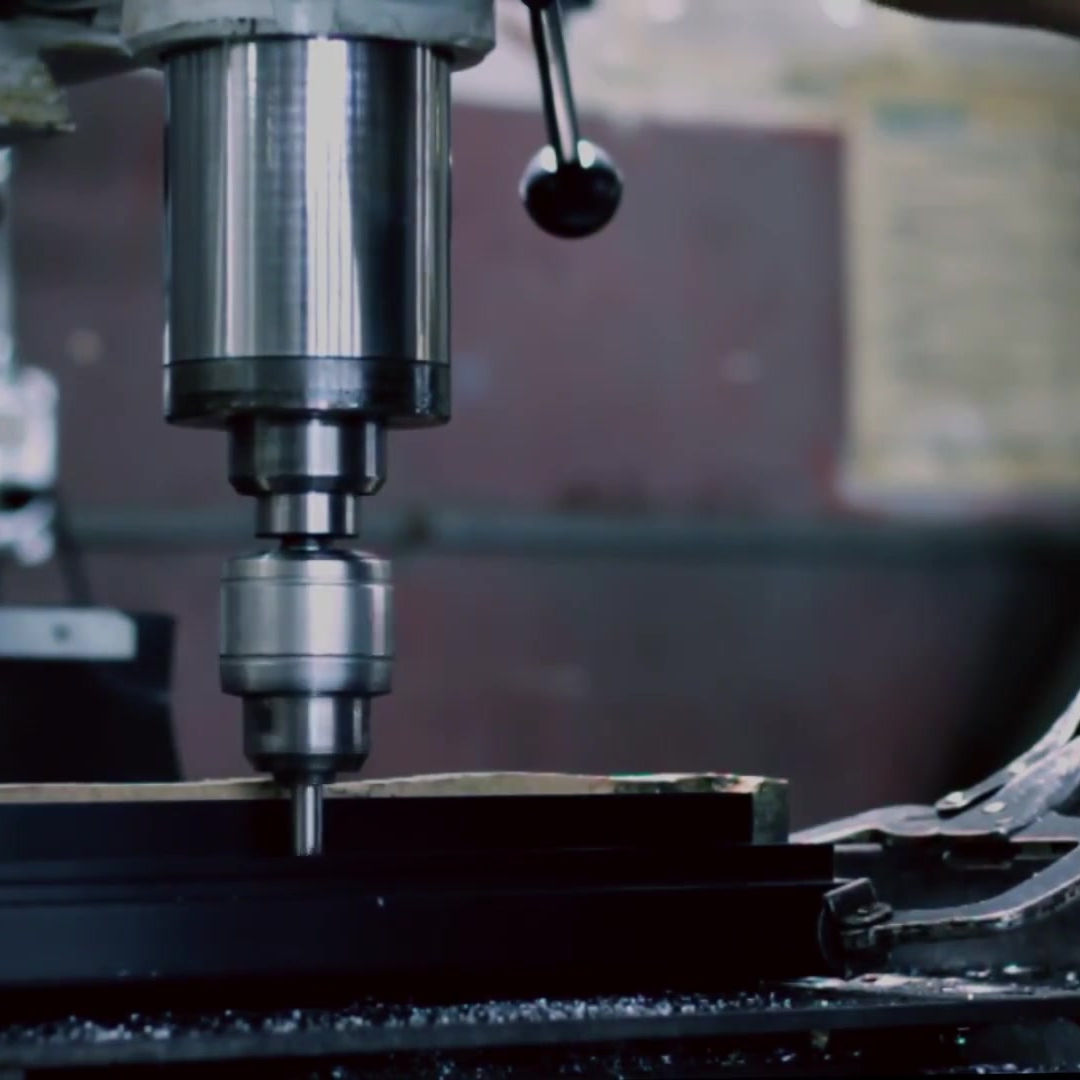


Global Custom Manufacturer, Integrator, Consolidator, Outsourcing Partner for a Wide Variety of Products & Services.
We are your one-stop source for manufacturing, fabrication, engineering, consolidation, integration, outsourcing of custom manufactured and off-shelf products & services. We also private label / white label your products with your brand name if you wish.
Choose your Language
-
Custom Manufacturing of Parts, Components, Assemblies, Finished Products, Machines and Industrial Equipment
-
Domestic & Global Contract Manufacturing
-
Manufacturing Outsourcing
-
Domestic, Global Procurement of Industrial Products
-
Private labeling / White Labeling your Products with your Brand Name
-
Product Finding & Locating Services
-
Global Design and Channel Partnership
-
Engineering Integration
-
Engineering Services
-
Global Consolidation, Warehousing, Logistics
We offer sheet metal stamping, shaping, forming, bending, punching, blanking, slitting, perforating, notching, nibbling, shaving, pressworking, fabrication, deep drawing using single punch / single stroke dies as well as progressive dies and spinning, rubber forming and hydroforming; sheet metal cutting using water jet, plasma, laser, saw, flame; sheet metal assembly using welding, spot welding; sheet metal tube bulging and bending; sheet metal surface finishing including dip or spray painting, electrostatic powder coating, anodizing, plating, sputtering and more. Our services range from rapid sheet metal prototyping to high volume manufacturing. We recommend that you click here to DOWNLOAD our Schematic Illustrations of Sheet Metal Fabrication and Stamping Processes by AGS-TECH Inc.
This will help you better understand the information we are providing you below.
• SHEET METAL CUTTING : We offer CUTOFFS and PARTINGS. Cutoffs cut the sheet metal over one path at a time and there is basically no waste of material, whereas with partings the shape cannot be nestled precisely and therefore certain amount of material is wasted. One of our most popular processes is PUNCHING, where a piece of material round or other shape is cut out from sheet metal. The piece that is cut out is waste. Another version of punching is SLOTTING, where rectangular or elongated holes are punched. BLANKING on the other hand is the same process as punching, with the distinction of the piece being cut out is the work and is kept. FINE BLANKING, a superior version of blanking, creates cuts with close tolerances and straight smooth edges and does not require secondary operations for perfection of the workpiece. Another process we frequently use is SLITTING, which is a shearing process where sheet metal is cut by two opposing circular blades in a straight or curved path. Can opener is a simple example of the slitting process. Another popular process for us is PERFORATING, where many holes round or other shape are punched in sheet metal in a certain pattern. A typical example for a perforated product is metal filters with many holes for fluids. In NOTCHING, another sheet metal cutting process, we remove material from a work piece, starting at the edge or elsewhere and cut inward until the desired shape is obtained. It is a progressive process where each operation removes another piece until the desired contour is obtained. For small production runs we sometimes use a relatively slower process called NIBBLING which consists of many rapid punches of overlapping holes to make a larger more complex cut. In PROGRESSIVE CUTTING we use a series of different operations to obtain a single cut or a certain geometry. Finally SHAVING a secondary process helps us to improve edges of cuts that have already been made. It is used for cutting off the chips, rough edges on sheet metal work.
• SHEET METAL BENDING : Besides cutting, bending is an essential process without which we would not be able to produce most products. Mostly a cold working operation but sometimes also performed when warm or hot. We use dies and press most of the time for this operation. In PROGRESSIVE BENDING we use a series of different punch and die operations to obtain a single bend or a certain geometry. AGS-TECH uses a variety of bending processes and makes the choice depending on the workpiece material, its size, thickness, desired size of bend, radius, curvature and angle of bend, location of bend, economy of operation, quantities to be manufactured…etc. We use V-BENDING where a V shaped punch forces the sheet metal into the V shaped die and bends it. Good for both very acute and obtuse angles and in between, including 90 degrees. Using wiping dies we perform EDGE BENDING. Our equipment enables us to obtain angles even larger than 90 degrees. In edge bending the workpiece is sandwiched between a pressure pad and the die, the area for bending is located on the die edge and the rest of the workpiece is held over space like a cantilever beam. When the punch acts on the cantilever portion, it is bent over the edge of the die. FLANGING is an edge bending process resulting in a 90 degree angle. Main goals of the operation are the elimination of sharp edges and obtaining geometric surfaces to ease the joining of parts. BEADING, another common edge bending process forms a curl over a part’s edge. HEMMING on the other hand results with an edge of the sheet that is bent completely over on itself. In SEAMING, the edges of two parts are bent over on each other and joined. DOUBLE SEAMING on the other hand provides watertight and airtight sheet metal joints. Similar to edge bending, a process called ROTARY BENDING deploys a cylinder with the desired angle cut out and serving as the punch. As the force is transmitted to the punch, it closes with the workpiece. The groove of the cylinder gives the cantilever portion the desired angle. The groove can have an angle smaller or larger than 90 degrees. In AIR BENDING, we do not need the lower die to have an angled groove. The sheet metal is supported by two surfaces on opposite sides and at a certain distance. The punch then applies a force at the right location and bends the workpiece. CHANNEL BENDING is performed using a channel shaped punch and die, and U-BEND is achieved with a U-shaped punch. OFFSET BENDING produces offsets on the sheet metal. ROLL BENDING, a technique good for thick work and bending of large pieces of metal plates, uses three rolls to feed and bend the plates to desired curvatures. Rolls are arranged so that the desired bend of the work is obtained. The distance and angle between the rolls is controlled to obtain the desired outcome. A moveable roll makes it possible to control the curvature. TUBE FORMING is another popular sheet metal bending operation involving multiple dies. Tubes are obtained after multiple actions. CORRUGATION is also performed by bending operations. Basically it is the symmetrical bending at regular intervals across an entire piece of sheet metal. Various shapes can be used for corrugating. Corrugated sheet metal is more rigid and has better resistance against bending and therefore has applications in the construction industry. SHEET METAL ROLL FORMING, a continuous manufacturing process is deployed to bend cross sections of a certain geometry using rolls and the work is bent in sequential steps, with the final roll completing the work. In some cases a single roll and in some cases a series of rolls are employed.
• COMBINED SHEET METAL CUTTING & BENDING PROCESSES : These are the processes that cut and bend at the same time. In PIERCING, a hole is createdusing a pointed punch. As the punchwidens the hole in the sheet, the material is bent simultaneously into an internal flange for the hole. The flange obtained may have important functions. The LANCING operation on the other hand cuts and bends the sheet to create a raised geometry.
• METAL TUBE BULGING AND BENDING : In BULGING some internal part of a hollow tube is pressurized, causing the tube to bulge outward. Since the tube is inside a die, the bulge geometry is controlled by the shape of the die. In STRETCH BENDING, a metal tube is stretched using forces parallel to the tube’s axis and bending forces to pull the tube over a form block. In DRAW BENDING, we clamp the tube near its end to a rotating form block that bends the tube while rotating. Lastly, in COMPRESSION BENDING the tube is held by force to a fixed form block, and a die bends it over the form block.
• DEEP DRAWING : In one of our most popular operations, a punch, a matching die and a blank holder are used. The sheet metal blank is placed over the die opening and the punch moves towards the blank held by the blank holder. Once they come into contact, the punch forces the sheet metal into the die cavity to form the product. Deep drawing operation resembles cutting, however the clearance between the punch and die prevents the sheet from being cut. Another factor assuring the sheet is deep drawn and not cut are the rounded corners on the die and punch which prevents the shearing and cutting. To achieve a greater magnitude of deep drawing, a REDRAWING process is being deployed where a subsequent deep drawing takes place on a part that has already undergone a deep drawing process. In REVERSE REDRAWING, the deep drawn part is flipped over and drawn in the opposite direction. Deep drawing can provide irregular shaped objects such as domed, tapered or stepped cups, In EMBOSSING we use a male and female die pair to impress the sheet metal with a design or script.
• SPINNING : An operation where a flat or preformed workpiece is held between a rotating mandrel and tail stock and a tool applies localized pressure to the work as it gradually moves up the mandrel. As a result, the workpiece is wrapped over the mandrel and takes its shape. We use this technique as an alternative to deep drawing where the quantity of an order is small, the parts are large (diameters up to 20 feet) and have unique curves. Even though the per piece prices are generally higher, the set-up costs for CNC spinning operation are low compared to deep drawing. To the contrary, deep drawing requires high initial investment for set-up, but the per piece costs are low when high quantity of parts are produced. Another version of this process is SHEAR SPINNING, where there is also metal flow within the workpiece. The metal flow will reduce the thickness of the workpiece as the process is carried out. Yet another related process is TUBE SPINNING, which is applied on cylindirical parts. Also in this process there is metal flow within the workpiece. The thickness is thus reduced and the tube’s length is increased. The tool can be moved to create features on the inside or outside of the tube.
• RUBBER FORMING OF SHEET METAL : Rubber or polyurethane material is put in a container die and the work piece is placed on the surface of the rubber. A punch is then acted upon the work piece and forces it into the rubber. Since the pressure generated by the rubber is low, the depth of parts produced is limited. Since tooling costs are low, the process is suitable for low quantity production.
• HYDROFORMING : Similar to rubber forming, in this process sheet metal work is pressed by a punch into a pressurized liquid inside a chamber. The sheet metal work is sandwiched between the punch and a rubber diaphragm. The diaphragm surrounds the workpiece completely and the pressure of the fluid forces it to form on the punch. Very deep draws even deeper than in the deep drawing process can be obtained with this technique.
We manufacture single-punch dies as well as progessive dies depending on your part. Single stroke stamping dies are a cost effective method for producing large quantities of simple sheet metal parts such as washers quickly. Progressive dies or the deep drawing technique are used for manufacturing more complex geometries.
Depending on your case, waterjet, laser or plasma cutting can be used to produce your sheet metal parts inexpensively, fast and accurately. Many suppliers have no idea about these alternative techniques or do not have it and therefore they go through lengthy and expensive ways of making dies and tools that only waste customers time and money.
If you require custom built sheet metal components such as enclosures, electronic housings...etc as fast as within days, then contact us for our RAPID SHEET METAL PROTOTYPING service.


















